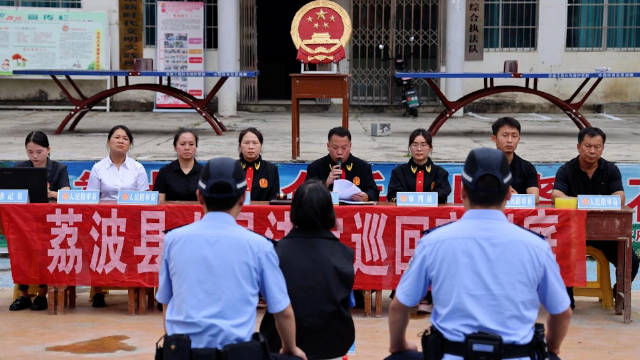Editor's note: Manas is an ancient hero of the Kirgiz ethnic group in China, and his legend is widely accepted in the country's Xinjiang Uygur autonomous region. In 2009, the epic of Manas was included into UNESCO's Representative List of the Intangible Cultural Heritage of Humanity.
 "Thenceforth,
"Thenceforth,Manas is an ancient hero of the Kirgiz ethnic group in China, and his legend is widely accepted in the country's northwestern Xinjiang Uygur autonomous region. Manas epics, of which there are eight volumes in total, mainly depict legendary stories of Manas and his seven generations of descendants, and consist of more than 230,000 lines.
When Gusev Mamay became a teenager, he could recite all eight Manas epics, astounding local people and even the world. He made this achievement thanks to his diligence, talent and the support of his family.
Gusev Mamay's father was a typical local herdsman who deeply loved the epic stories. Meanwhile, his mother and elder sister were both folk singers, and his elder brother was a devoted literature collector, who made significant contributions to collecting and recording Manas epics.
Traditionally, Manas epics are passed down through singing and without musical accompaniment. Manas singers, such as Gusev Mamay, are called "manaschi." They are usually invited to perform at social gatherings, community celebrations, ceremonies like weddings and funerals, as well as dedicated concerts.
Most manaschi can only sing a small part of the epics, but Gusev Mamay knew all eight — Manas, Semetey, Seytek, Kenenim, Seyit, Asilbacha-Bekbacha, Sombilek and Chigitey. These works record the development of the Kirgiz people, including their major historic events and nomadic culture.
Manas epics, regarded as an integral part of the culture of the Kirgiz ethnic group, are among the three classic epics of China, along with the epic of King Gesar and the epic of Jangar. To better protect the Manas epics, Gusev Mamay was officially invited to record the epics in 1961, 1964 and 1978, respectively, the results of which were later edited into books and published by the Xinjiang People's Publishing House, making a significant contribution to the protection of this centuries-old cultural heritage.
In traditional Manas performances, different singers usually adopt different styles, often adding improvisations into their narratives, lyrics and gestures, so their individual skills and creativity are combined to add new vitality to the epics. In China's neighboring Central Asian countries, such as Kyrgyzstan, Kazakhstan and Tajikistan, Manas is also seen as a very important cultural element, and Gusev Mamay's efforts in preserving Manas epics have also promoted cultural exchanges between China and Central Asia.
Today, Manas epics have been translated into several languages including English, French, German, Japanese and Russian. In 2009, Manas epics were included into UNESCO's Representative List of the Intangible Cultural Heritage of Humanity.
The long epics record all the major historic events of the Kirgiz people and crystallize their traditions and beliefs, according to UNESCO, adding that "The Kirgiz in China and the neighboring Central Asian countries of Kyrgyzstan, Kazakhstan and Tajikistan regard the Manas as a key symbol of their cultural identity and the most important cultural form for public entertainment, the preservation of history, the transmission of knowledge to the young and the summoning of good fortune. One of the 'three major epics of China,' it is both an outstanding artistic creation and an oral encyclopedia of the Kirgiz people."
Discover more treasures from China on UNESCO's ICH list:
• 2022: Traditional tea processing
• 2020: Wangchuan ceremony, taijiquan
• 2018: Lum medicinal bathing of Sowa Rigpa
• 2016: Twenty-four solar terms
• 2013: Abacus-based Zhusuan
• 2012: Training plan for Fujian puppetry performers
• 2011: Shadow puppetry, Yimakan storytelling
• 2010: Peking opera, acupuncture and moxibustion, wooden movable-type printing, watertight-bulkhead technology of Chinese junks, Meshrep
• 2009: Yueju opera, Xi'an wind and percussion ensemble, traditional handicrafts of making Xuan paper, traditional firing techniques of Longquan celadon, Tibetan opera, sericulture and silk craftsmanship, Regong arts, Nanyin, Khoomei, Mazu belief and customs, Manas
















